Rutenbeck Data and telecommunication
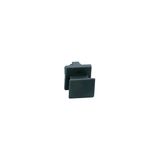

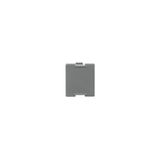

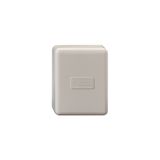
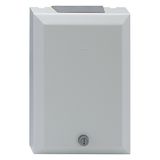

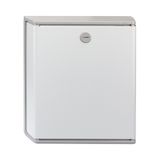
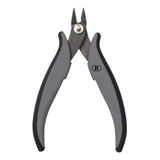
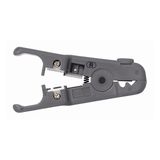

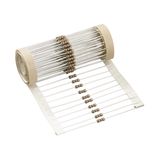
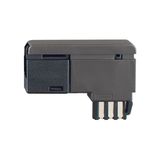
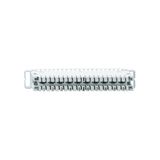
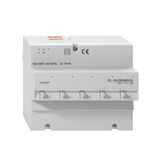
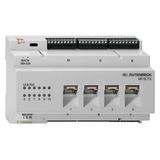



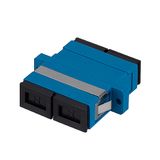
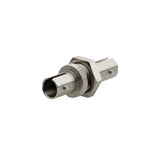

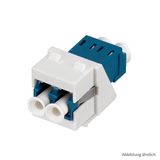
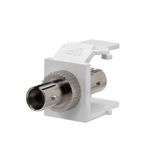
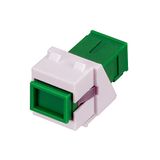
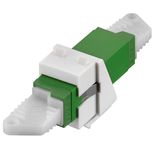

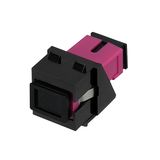

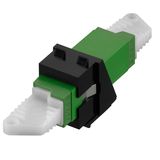
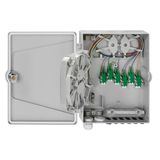
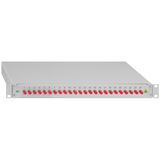
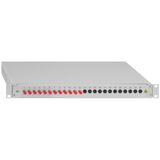

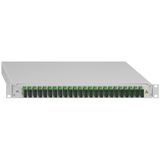
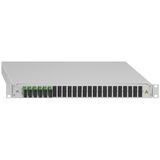
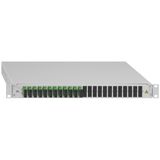
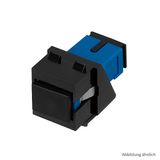
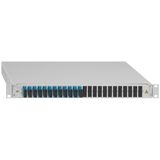

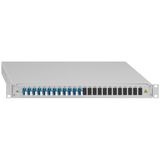
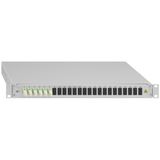
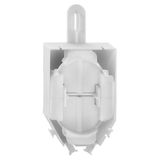
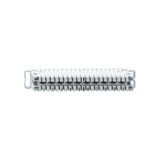
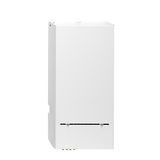
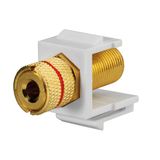
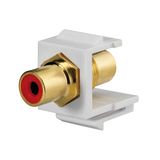
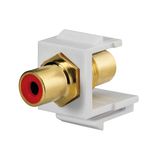
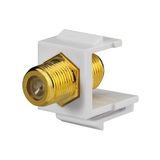

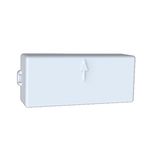
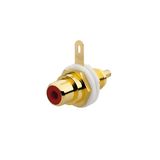


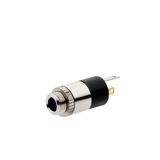

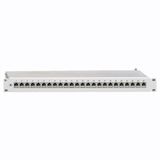
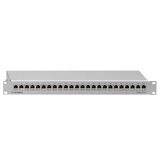


rutenbeck data and telecommunication for campus and fit‑out projects
Networks inside hotels, offices, and retail chains rely on predictable hardware: keystone jacks that punch cleanly every time, faceplates that sit flush, and modules that hold performance even when PoE loads and cable bundles heat up. This page focuses on the parts specifiers actually standardize across multi‑site rollouts so commissioning is repeatable and documentation stays tidy.
rutenbeck communication modules product range and formats
Keystone jacks and modules — Cat5e/Cat6/Cat6A in U/UTP, F/UTP, and S/FTP variants. Tool‑less and 110/LSA IDC types support on‑site preference; shutters and dust covers for public areas. Labels clip into the window without lifting the faceplate.
Faceplates and frames — 1–4 port plates in 55×55 mm geometry with adapters for 45×45 modules. Horizontal/vertical orientation; angled outlets to preserve bend radius in shallow boxes. Matching frames align with Rutenbeck switch/socket series for a single aesthetic.
Patch panels — 19″ 1U/2U unloaded or pre‑loaded fields with rear bars, cage‑nut rails, and grounding points. Compatible with color‑coded jacks for fast U‑position mapping.
Modules for services — TV/FM/SAT outlets, phone, USB power inserts, and blank fillers to finish frames cleanly. Surface boxes and trunking adapters extend use to solid walls and perimeter routes.
rutenbeck network infrastructure technical specifications and standards
- Cabling standards: structured cabling to ISO/IEC 11801‑1 and EN 50173; channel performance to IEEE 802.3 (1G/2.5G/10G). Connectors per IEC 60603‑7 family for 8P8C.
- Category bandwidths: Cat5e 100 MHz (1G); Cat6 250 MHz (1G with margin, 2.5G); Cat6A 500 MHz (10G to 100 m) when geometry is respected.
- PoE readiness: IEEE 802.3af/at/bt support (to ~90 W) with contact plating and thermoplastic stability suitable for elevated bundle temps. Prefer LSZH cable jackets for dense PoE.
- EMC & shielding: U/UTP for quiet EMI environments; F/UTP, S/FTP around VFDs or long mains parallels. 360° shield bonds at entry plates; keep pigtails short.
- Fire & CPR: products support cabling with EN 50575 classes Eca/Dca/Cca/B2ca as project requires; LSZH behavior verified to EN 61034/EN 60754. Faceplate materials are UV‑stable and cleaning‑agent resistant.
- Bend & space: maintain bend radius ≥4× OD (fixed) and ≥8× OD (dynamic). Use angled modules or deep boxes (≥60 mm) for tidy patching.
Document link tests (NEXT, RL, ACR‑F) during FAT; it ties cabinet grounding and entry hardware to measured performance.
rutenbeck telecom solutions applications and compatibility
- IDF/MDF closets: Cat6A keystones and 1U/2U patch fields with rear bars; vertical cable managers and lacing bars keep radius.
- Guest‑room and office outlets: 55×55 frames with 1–2 ports, optional USB power inserts; angled modules reduce plug protrusion behind furniture.
- Industrial edges: screened modules and metal faceplates near drive rooms; EMC entry plates and short 360° bonds at the cabinet wall.
All insets seat in EU back‑boxes (Ø68 mm, 60 mm screw spacing) and into Rutenbeck frame families used for switches and sockets—one tool set, one visual language across the site.
rutenbeck structured wiring integration with other brand products
Pair wall outlets with structured cabling trunks, tray, and floor boxes on the architectural side, and with cabinet hardware (PDUs, patch panels) on the plant side. Use brush/EMC plates and strain‑relief bars at cabinet entries before patch fields. Where KNX/DALI/0–10 V controls share conduits, segregate ELV controls from mains and keep fiber in protected raceways with radius guides.
Cross‑linking within the brand keeps spares lean: the same 55×55 frames from Rutenbeck switches and sockets accept data inserts here, and surface boxes/trunking adapters come from the Rutenbeck installation line.
Selection criteria for B2B clients
- Bandwidth & link budget — Cat6 for 1G with margin; Cat6A for 10G to 100 m; fiber where EMI or distance wins.
- Shielding plan — unshielded in quiet zones; F/UTP or S/FTP next to motors/relays. Always 360° terminate at the entry.
- Outlet geometry — choose angled or deep boxes to protect bend radius; align port count with furniture and wall depth.
- PoE workload — confirm contact rating and recommend LSZH cable with bundle temp headroom for PoE‑bt.
- Finish & hygiene — select materials that withstand facility cleaners; standardize colorways for spare interchangeability.
Procurement often standardizes one Cat6A jack line, one 1U/2U patch panel format, and 55×55 frames in two finishes (white/anthracite) across sites.
Advantages of working with Bankoflamps
We align commercial terms with your bill of materials: individual B2B pricing and formal offers, a dedicated account manager, and live EU‑wide stock visibility. Quotes typically land in about an hour. Orders go in by EAN/MPN for clean traceability, and our price lists are downloadable and kept current. You get lead‑time and order‑status tracking plus purchase‑history analytics to consolidate SKUs. Trusted clients receive up to 30 days post‑payment. We also plan consolidated shipments to lower freight costs, keep pricing stable with validity dates, and support teams in France, the Baltics, Germany, Spain, Italy, Belgium, and the Netherlands.